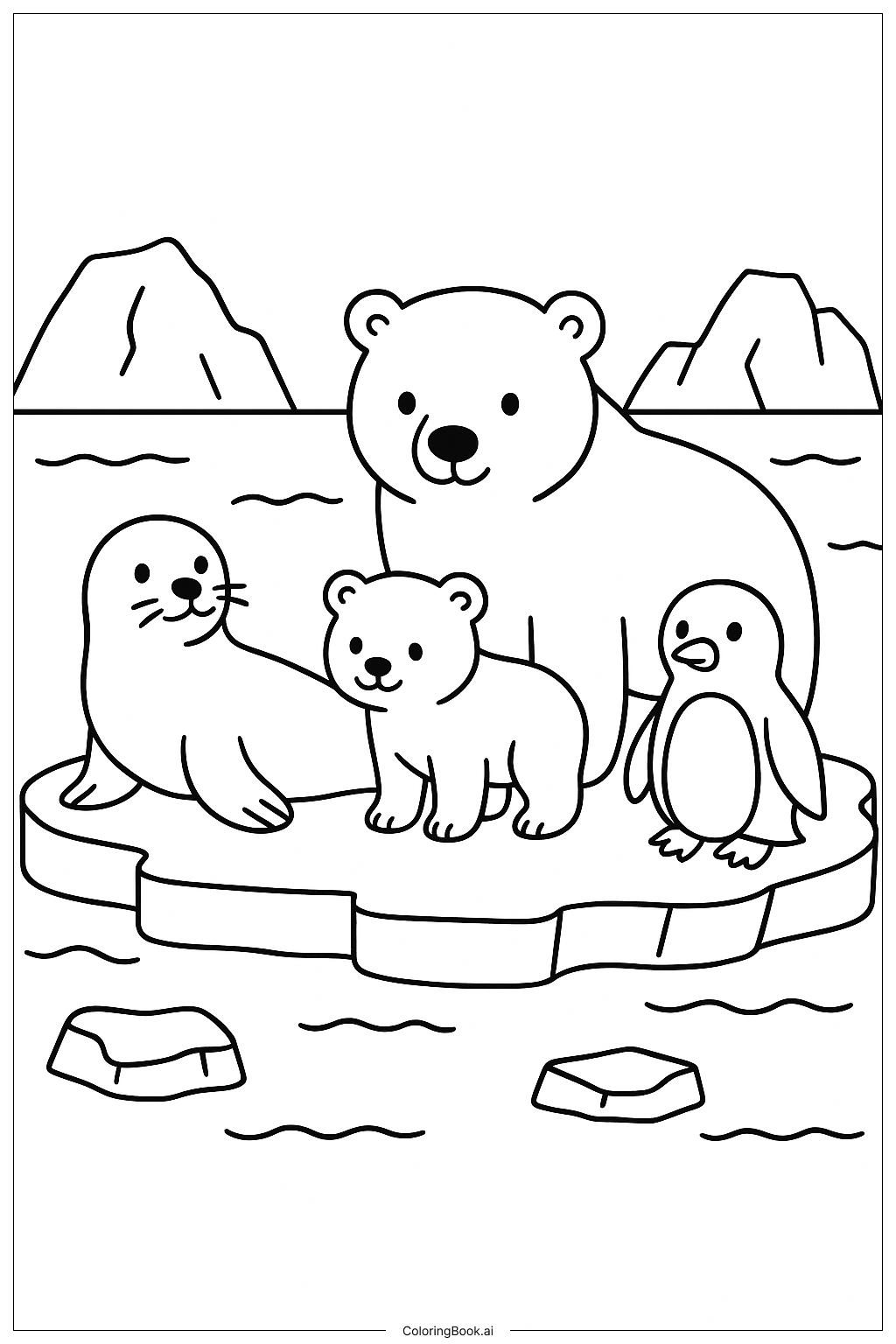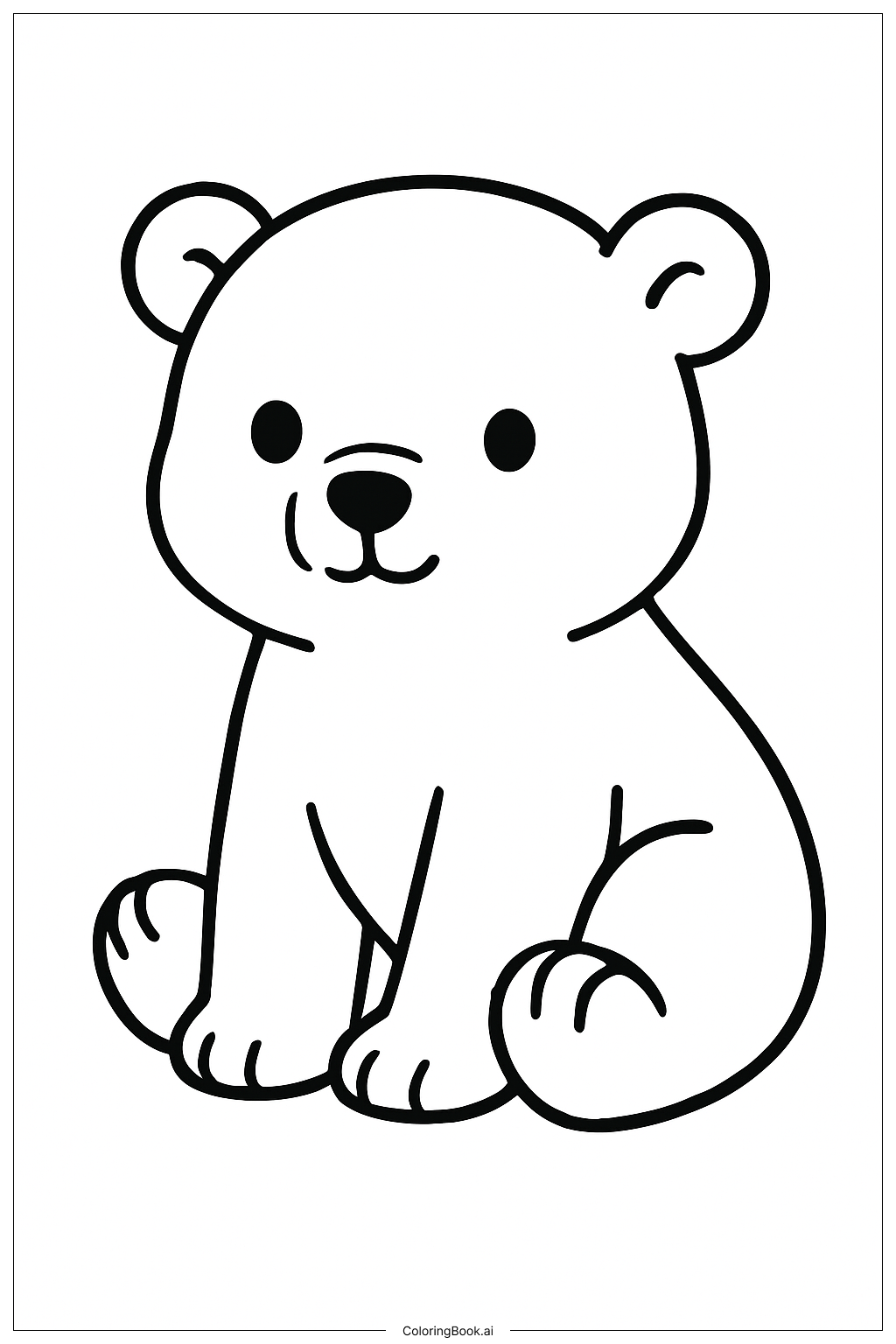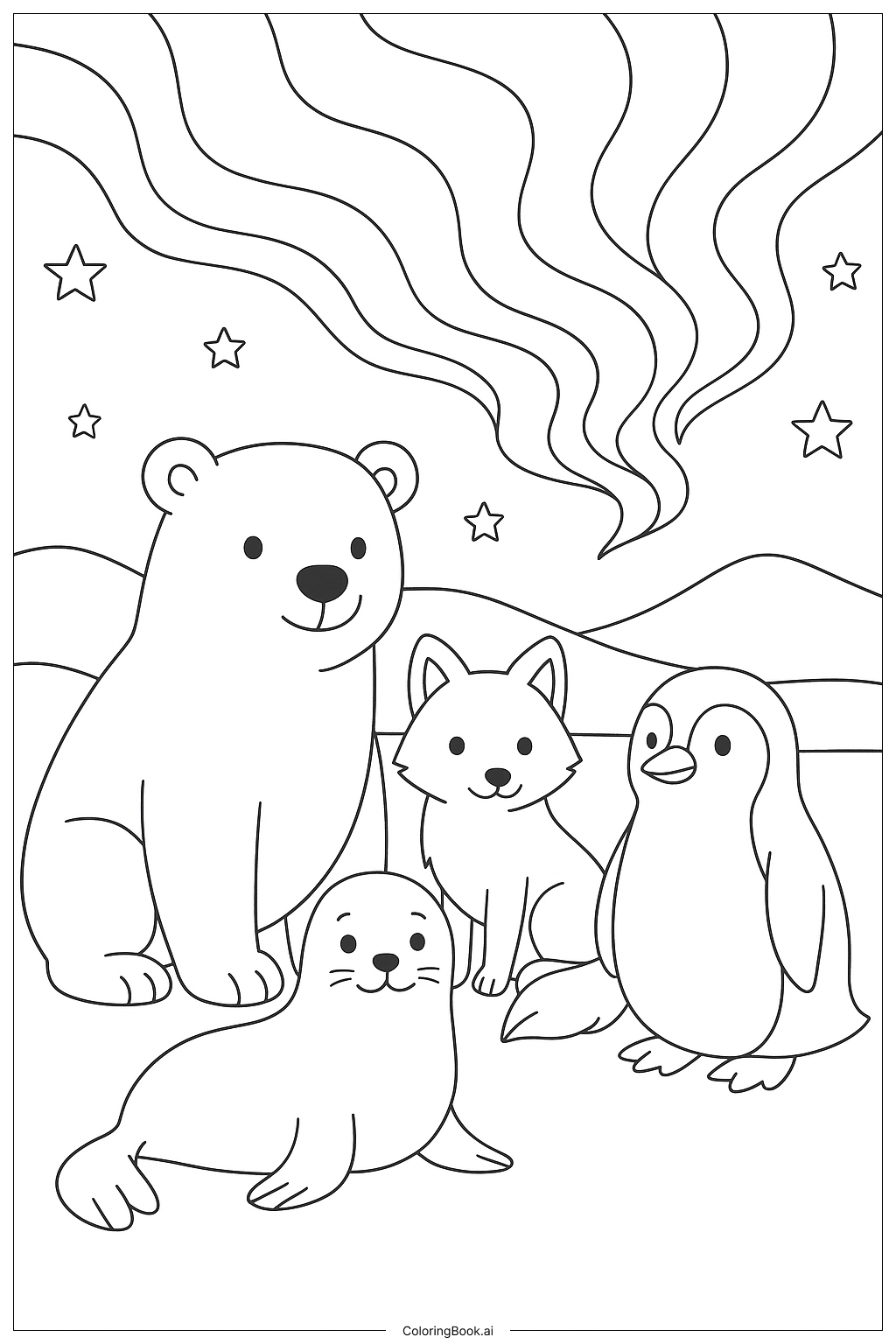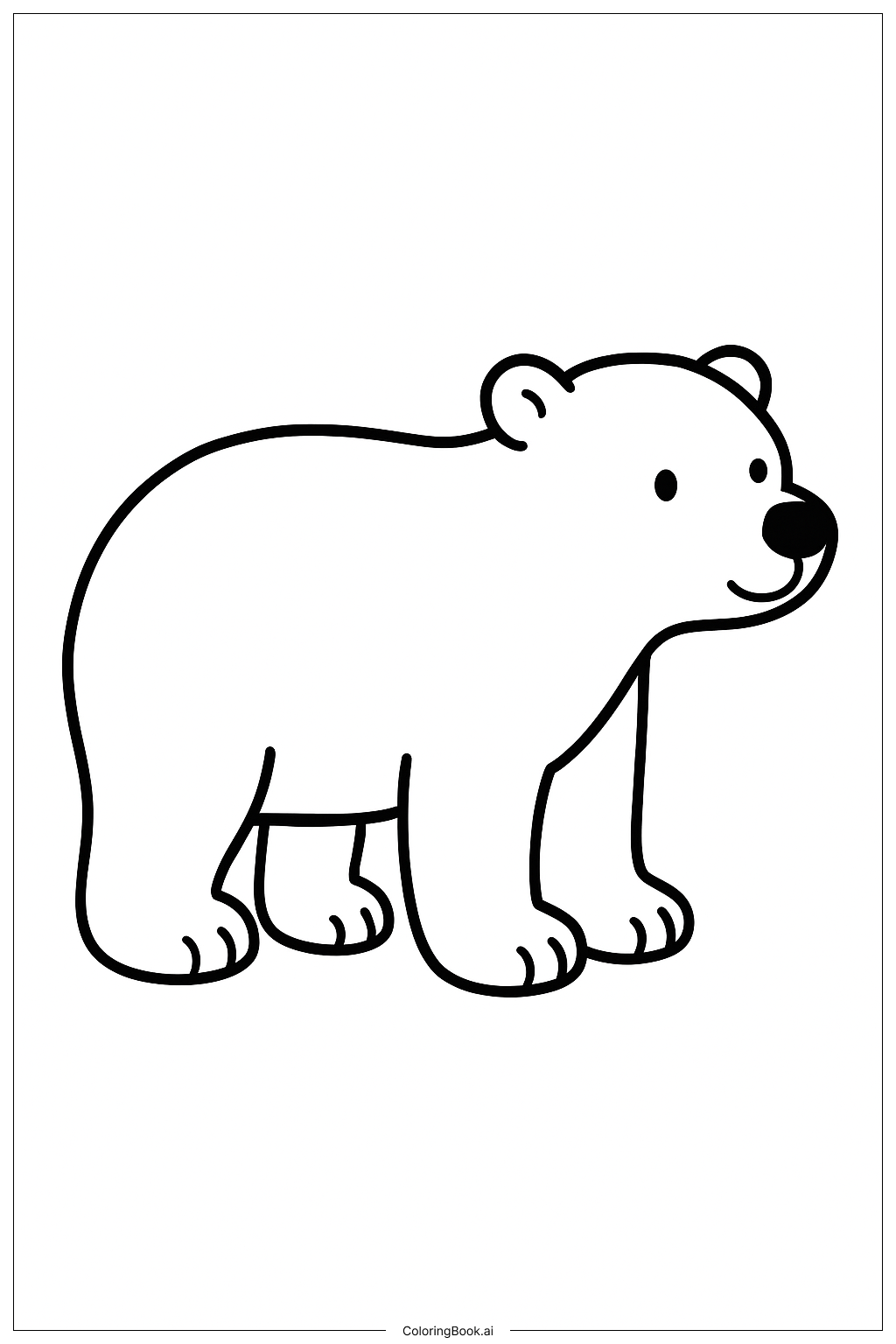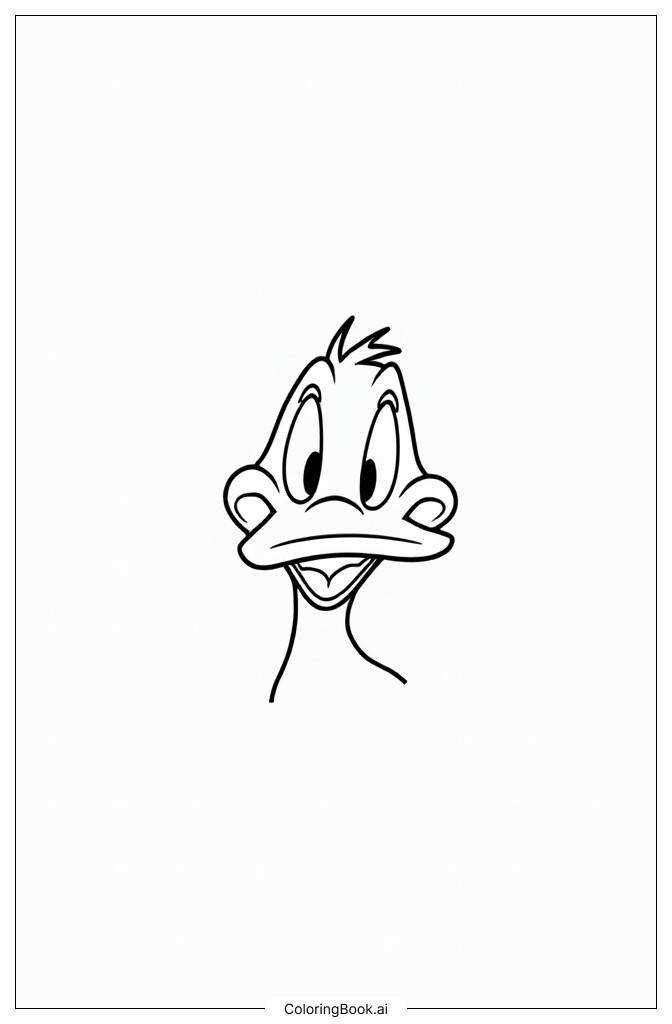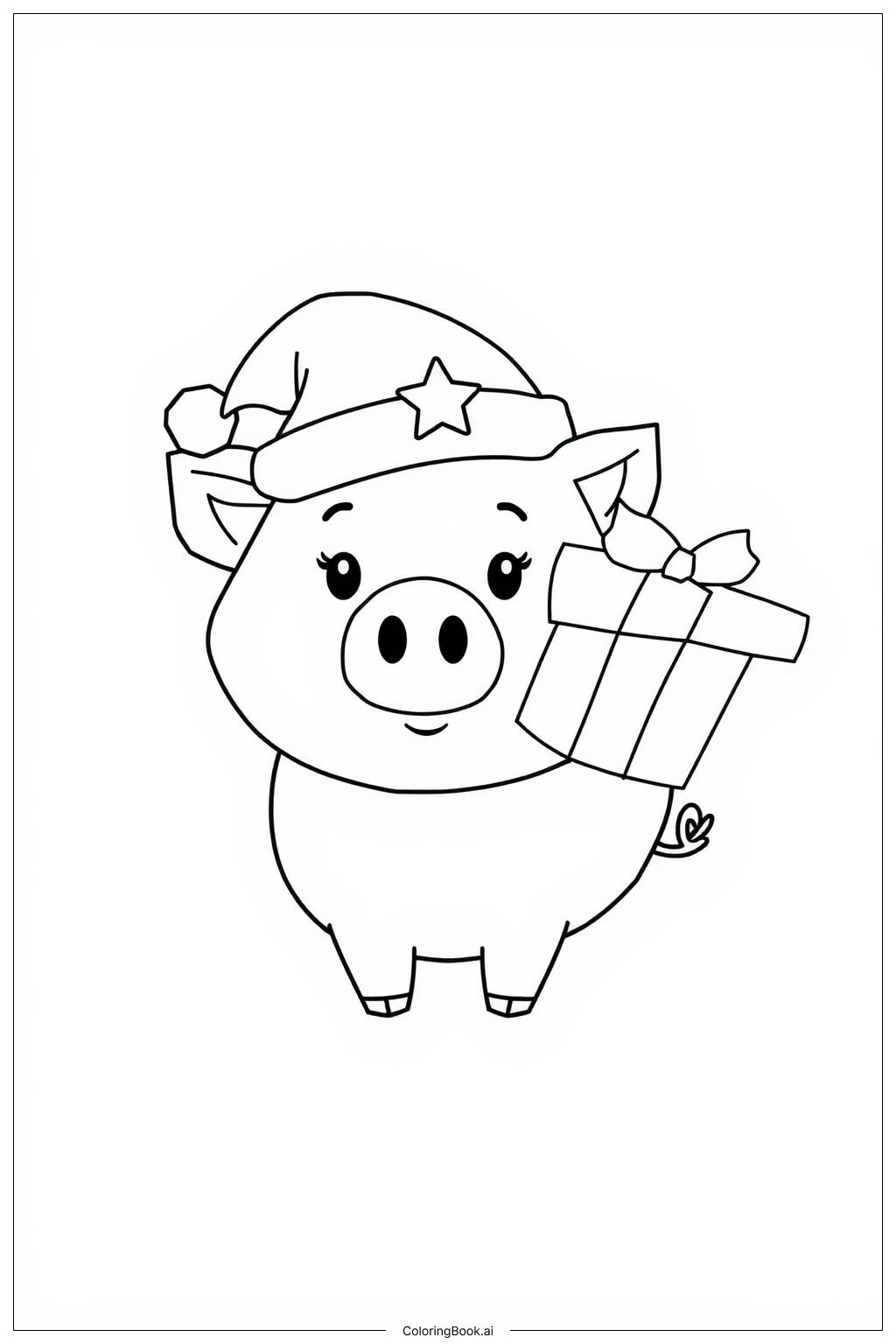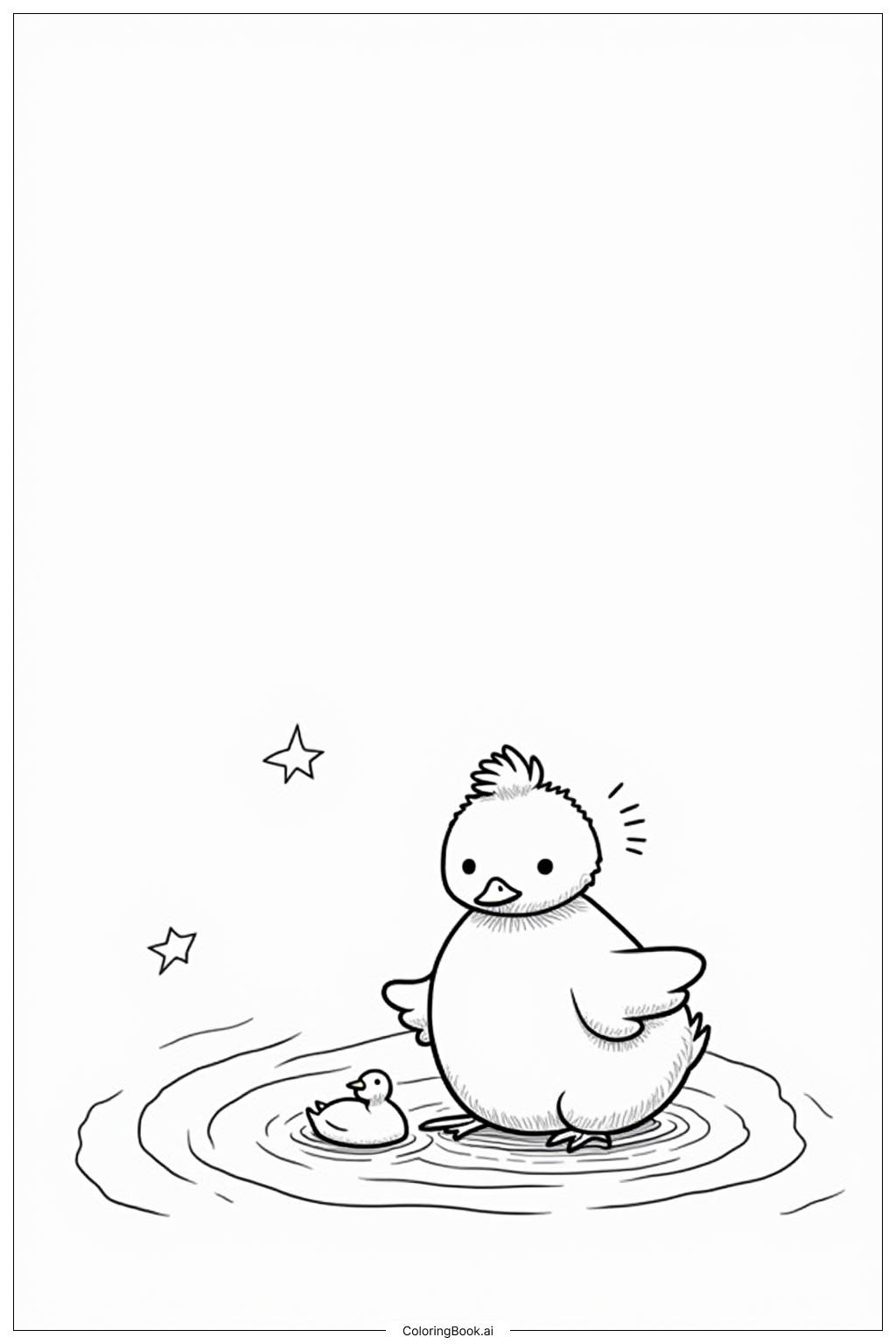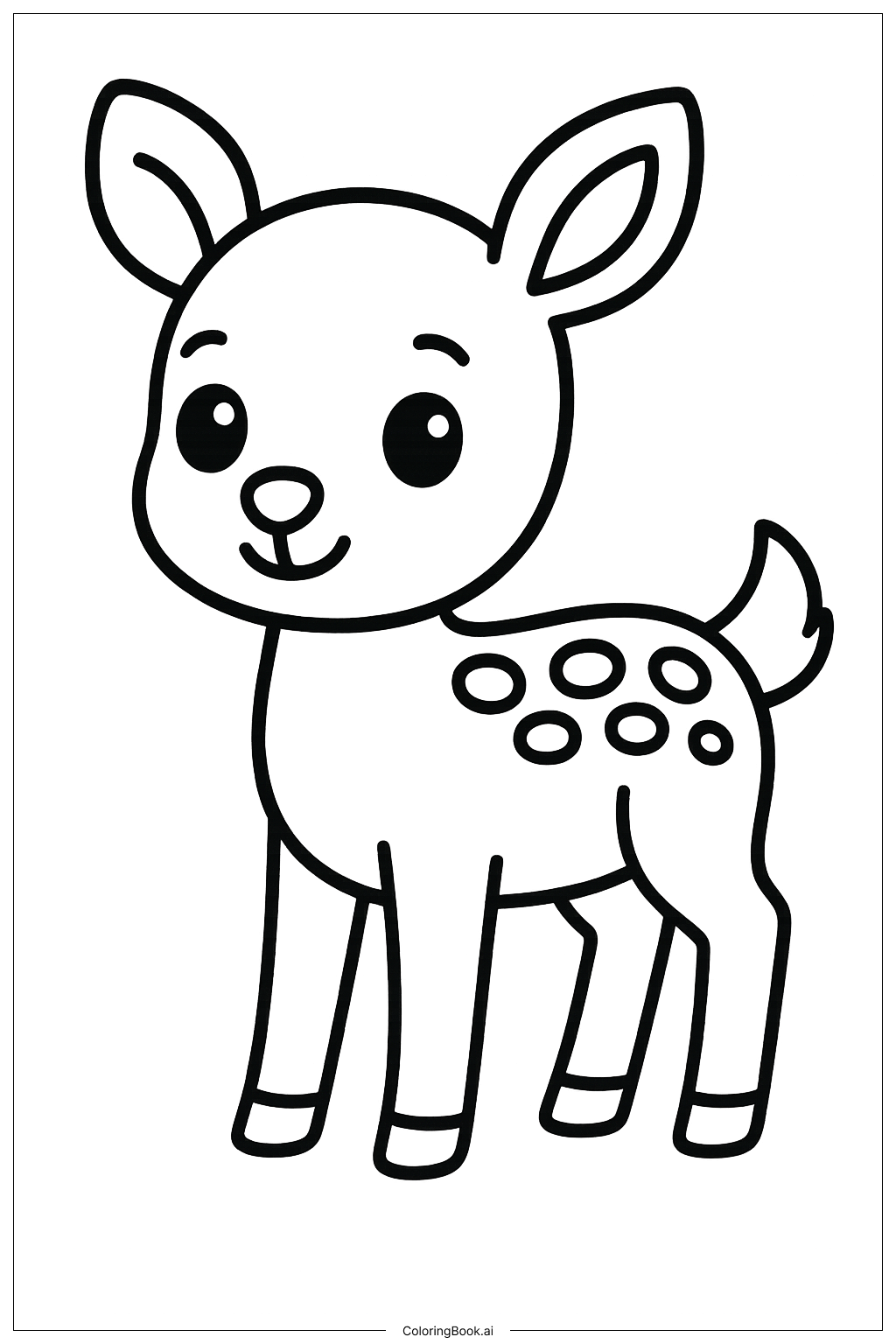Coloring tips: How to color A Family of Arctic Animals on an Ice Floe coloring page well?
Use soft white and light gray shades for the polar bears to show their thick fur. The seal can be colored a mix of gray and light brown. The penguin should be mostly black with a white belly and touches of orange or yellow on its beak and feet. For the ice and water, use different blues and light blues to create a chilly atmosphere. The background mountains can be shaded with pale blues and purples. Try blending colors gently for a smooth look.
Coloring challenges: Which parts are difficult to color and need attention for A Family of Arctic Animals on an Ice Floe coloring page?
1. Coloring the polar bears can be tricky because they are mostly white, so using light shades to show shadows and fur texture is important. 2. The penguin’s black areas need careful coloring to stay inside the lines and look neat. 3. Creating depth in the water and ice can be hard, as blending colors smoothly can be challenging for young children. 4. Coloring small details like the seal’s whiskers and nose needs patience and a steady hand. 5. Keeping the colors balanced in an icy scene without making it too dull might require experimenting with different blue tones.
Benefits of coloring books: Advantages of drawing A Family of Arctic Animals on an Ice Floe coloring page
Coloring this picture helps children learn about arctic animals and their environment. It improves hand-eye coordination by practicing staying within the lines, especially on small or detailed areas. Using different shades and blending colors teaches about light and shadow. It also encourages creativity while learning about nature and animals. Furthermore, this activity can be calming and fun, helping kids focus and relax.
